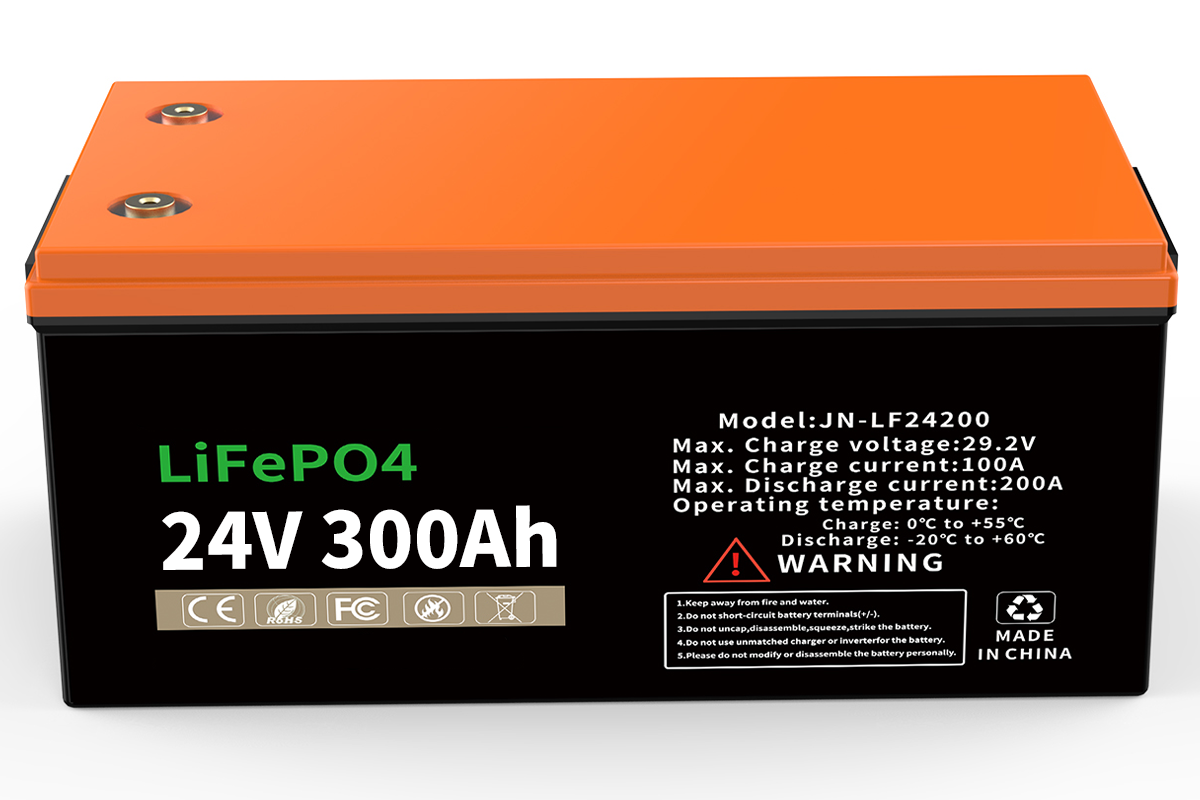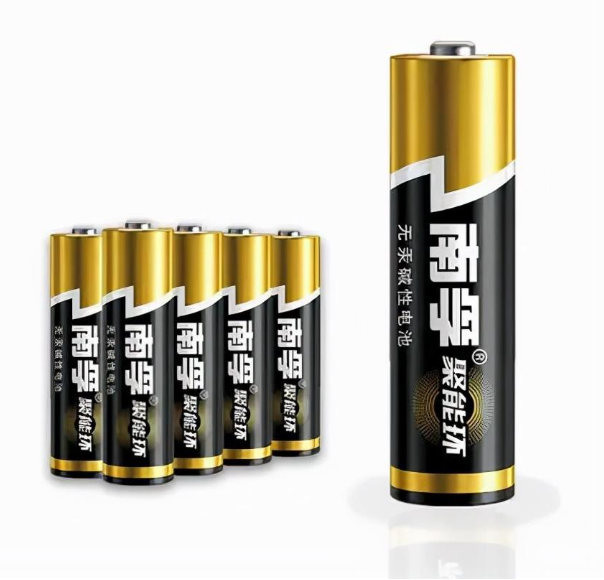This article mainly introduces what lithium batteries and dry batteries are and the differences between lithium batteries and dry batteries.
What is a dry battery? What is a lithium battery? What is the difference between a dry battery and a lithium battery? I believe this is where some friends are confused. The editor will give you a popular science in the spirit of serving the people.
Lithium battery
Lithium battery is a type of battery that uses lithium metal or lithium alloy as the negative electrode material and uses a non-aqueous electrolyte solution. It is a mainstream secondary battery in modern society. It mainly relies on the movement of lithium ions between the positive and negative electrodes to work. During the charging and discharging process, Li+ is embedded and de-embedded back and forth between the two electrodes; when charging, Li+ is de-embedded from the positive electrode and embedded in the negative electrode through the electrolyte, and the negative electrode is in a lithium-rich state; the opposite is true during discharge.
Because the chemical properties of lithium batteries are very active, the processing, storage, and use of lithium metal have very high environmental requirements. Lithium batteries can be charged and recharged. Lithium batteries generally include lithium metal batteries and lithium ion batteries. This type of battery is widely used in mobile phones, electric vehicles, small household appliances, mobile phones, notebooks, electric shavers, etc., and is more widely used than dry batteries.
Dry batteries
Dry batteries are also called voltaic batteries. They are made of multiple groups of round plates that appear in pairs and are stacked in a certain order. There are two different metal plates on the round plates, and there is a layer of cloth between the layers to play a conductive role. Dry batteries are made according to this principle. We often see No. 5 and No. 7 batteries. This type of battery is mainly used in wireless mice, alarm clocks, electric toys, computers, and radios. Common dry battery brands include Nanfu and 555.
Difference
1. The internal reaction substances of the battery are different, and the charging characteristics are different. Dry batteries are disposable batteries, while lithium batteries are rechargeable batteries. They can be charged and recharged many times, and have no memory. They can be charged and used at any time, regardless of the amount of electricity.
2. Dry batteries are very polluting. In the past, many batteries contained heavy metals such as mercury and lead, which seriously polluted the environment. Because they are disposable batteries, they are thrown away after being used up quickly, but lithium batteries do not contain harmful metals.
3. Dry batteries use electrolytes to produce chemical reactions to provide electricity, while lithium batteries rely on activating the movement of lithium ions to generate electricity. The working principles are different.
4. Lithium batteries themselves have fast charging functions and high cycle life, which is a height that dry batteries cannot achieve. In addition, lithium batteries also have measures to protect the circuit in terms of safety.

